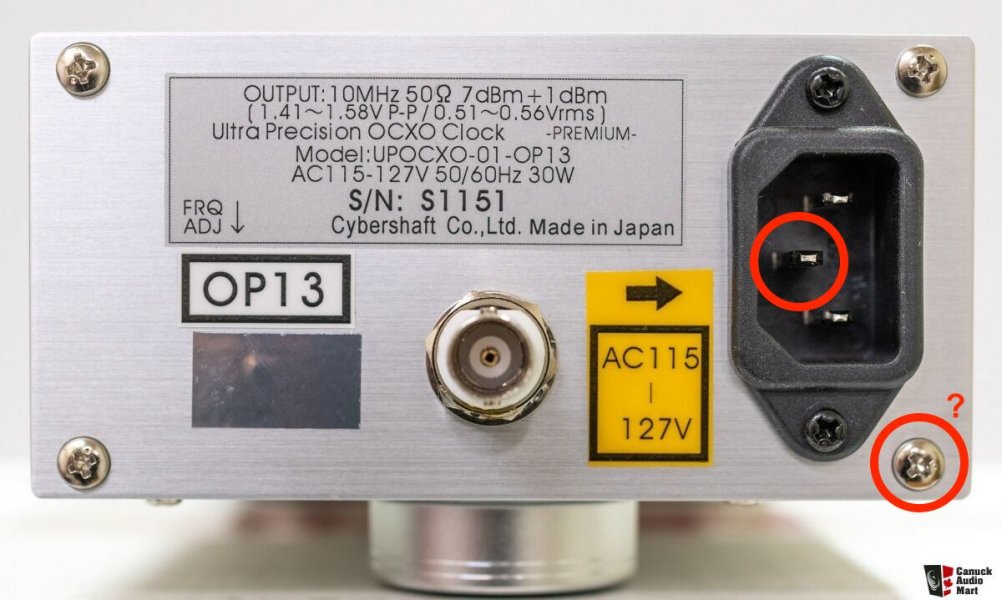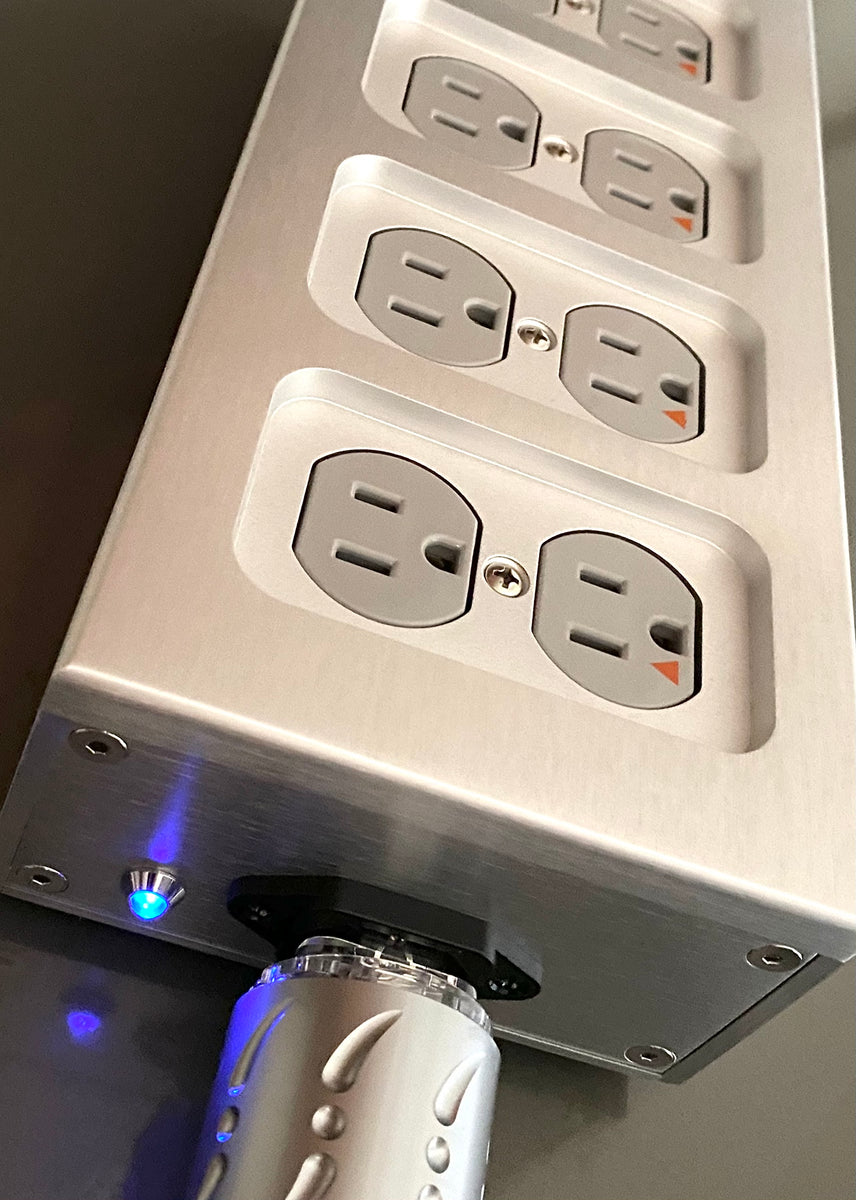Your situation may (emphasis on the word "may" here) be similar to connecting an Altaira to Constellation gear. By this I mean, that if you connect an ohm meter to the ground pin of a Constellation component's IEC power cord receptacle and to one of the chassis fasteners, you do not get a "zero impedance" (0 ohms reading) shown by the ohm meter. This is because of how Constellation does their proprietary grounding scheme. In the case of Constellation gear, you connect the appropriate CGCs to an unused input or output (e.g., an XLR or RCA), to a Signal Ground hub. Luxman and some of the other really high-end mfrs. e.g. CH Precision, Audionet, etc. may require similar approaches. For these applications, as Steve has said, it's critical, both for safety reasons and performance reasons, to work with your trained and certified Altaira dealer. And, if in the case of the component, if it's a dual-mono design, as Constellation is, you need to connect a Shunyata ground cable to an unused connection for each channel (i.e., two CGC cables). In my case, I"m connecting four ground cables: an RCA CGC for an unused L/R RCA interface and two XLRs, for an unused pair of L/R XLR interfaces (an interface could be either an input or an output).



